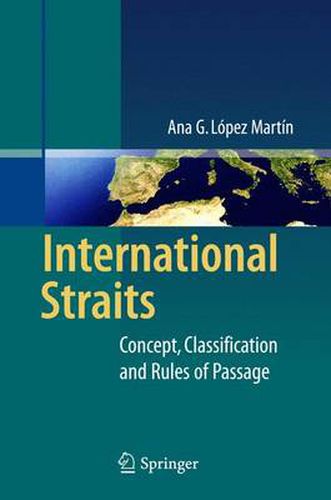Readings Newsletter
Become a Readings Member to make your shopping experience even easier.
Sign in or sign up for free!
You’re not far away from qualifying for FREE standard shipping within Australia
You’ve qualified for FREE standard shipping within Australia
The cart is loading…






This title is printed to order. This book may have been self-published. If so, we cannot guarantee the quality of the content. In the main most books will have gone through the editing process however some may not. We therefore suggest that you be aware of this before ordering this book. If in doubt check either the author or publisher’s details as we are unable to accept any returns unless they are faulty. Please contact us if you have any questions.
The four 1958 Geneva Conventions on the Law of the Sea, which codi?ed and progressively developed this sector of our legislation, were rather ephemeral despite the fact that they were constituent Conventions. In fact, the 1982 United Nations Convention on the Law of the Sea (UNCLOS) again undertook the same task with the same spirit 20 years later after a long drawn out global negotiation process in which all the marine areas and problems pending were analysed and discussed by the countries attending, and an apparently strengthened majority was attained, including the essential agreement between the principal naval powers and the third world countries, symbolised most grossly in the recognition of exclusive economic areas which were 200 miles wide in exchange for a signi?cant alteration to the legal rules applicable to the international straits. From 1973 to 1982, the negotiations showed that there were a number of particular factors affecting the seas: strait countries, user countries, long range ?shing countries, embedded countries, archipelagic countries, broad platform countries, etc. In 1982 when the UNCLOS was adopted, it seemed to be a text with justi?ed pretensions to be in force for a long period of time as the nine years of negotiations required for its adoption had taken into account the main problems pending agreement although not absolutely all.
$9.00 standard shipping within Australia
FREE standard shipping within Australia for orders over $100.00
Express & International shipping calculated at checkout
This title is printed to order. This book may have been self-published. If so, we cannot guarantee the quality of the content. In the main most books will have gone through the editing process however some may not. We therefore suggest that you be aware of this before ordering this book. If in doubt check either the author or publisher’s details as we are unable to accept any returns unless they are faulty. Please contact us if you have any questions.
The four 1958 Geneva Conventions on the Law of the Sea, which codi?ed and progressively developed this sector of our legislation, were rather ephemeral despite the fact that they were constituent Conventions. In fact, the 1982 United Nations Convention on the Law of the Sea (UNCLOS) again undertook the same task with the same spirit 20 years later after a long drawn out global negotiation process in which all the marine areas and problems pending were analysed and discussed by the countries attending, and an apparently strengthened majority was attained, including the essential agreement between the principal naval powers and the third world countries, symbolised most grossly in the recognition of exclusive economic areas which were 200 miles wide in exchange for a signi?cant alteration to the legal rules applicable to the international straits. From 1973 to 1982, the negotiations showed that there were a number of particular factors affecting the seas: strait countries, user countries, long range ?shing countries, embedded countries, archipelagic countries, broad platform countries, etc. In 1982 when the UNCLOS was adopted, it seemed to be a text with justi?ed pretensions to be in force for a long period of time as the nine years of negotiations required for its adoption had taken into account the main problems pending agreement although not absolutely all.